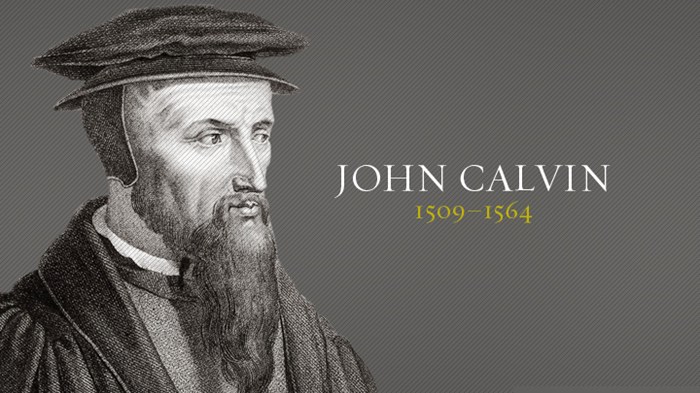It seems
that many have a love-hate relationship with John Calvin, oftentimes because of
his doctrine on predestination. Woodbridge said, “Despite his often negative
reputation, Calvin is properly judged the great theological heir of Augustine
and the theological refiner of Luther’s theological insights. He belongs in the
pantheon of the greatest theologians in all of church history.”1
Let that
statement sink in for just a minute. It is as though Christian theological thought reached its pinnacle
in Augustine. Then began slowly declining through the medieval period, reached
bottom during the 14th century with the Avignon Popes; and yet,
there remained a bright and morning star shining in the likes of Wycliffe and
Hus. Then theological thought began the arduous task of ascending the mountain once
again with Martin Luther. Thought continued with Zwingli and Bullinger in
Zurich. Bucer at Strasbourg and Peter Martyr in England, but attained to the
level that it once had with Augustine in John Calvin’s Institutes of Christian
Religion.
Have any of
you ever read the institutes? I have not read the full 1559 version, but have
read an abridged version of the 1559 edition edited by John Lane; I encourage you to get a copy. John Calvin
is pastor, theologian, and writer in that order. It is because of this that John Calvin was
significant to the course of the reformation; we have what he wrote. It is
pastor/theologian who would stand in the pulpits of reformational churches
thereafter. It is his writings that make him highly significant to the course
of the reformation. He wrote on almost every book in the New Testament and much
of the Old Testament. His theological treatise in the institutes is widely
regarded as one of the greatest theological writings in the history of the
church.2
1 John D. Woodbridge and Frank A. James, Church
History Volume 2: From Pre-Reformation to the Present Day. The rise and growth
of the Church in its cultural, intellectual, and political context (Grand Rapids, MI: Zondervan, 2013) 181-183.
2 Ibid, 171-172.
